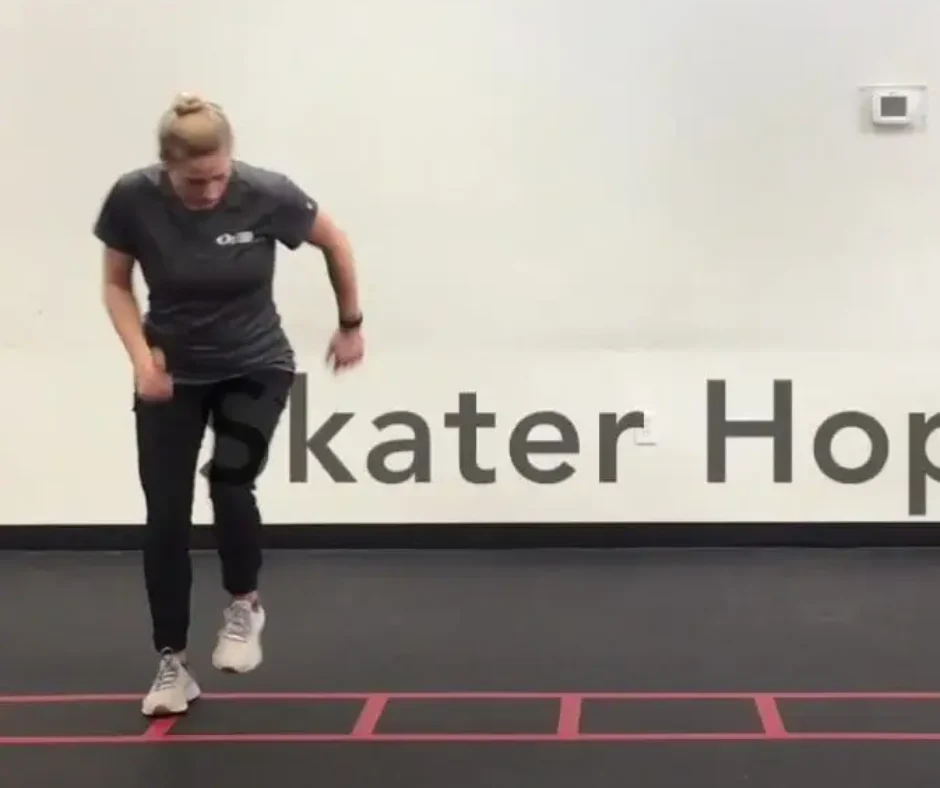
When the world of sports shut down this past spring, many athletes lost their outlet of training and competing. It has been challenging for athletes and coaches on many fronts without having the ability to meet in person or utilize sports fields and facilities to continue to work on sport-specific skills. While it may have been your goal to remain active and continue finding ways to train at home, most of your training probably did not simulate the same volume you would have been getting had you still been engaged in your sport.
With the news that youth sports are allowed to resume, there is a lot of excitement to get back on the field. I am here to provide some guidance on what you should be doing to prepare for your sport’s comeback and help decrease the risk of injury upon return. Nothing would be worse than to spend all this time out of activity to sustain an injury upon return that would keep you out of your sport even longer.
As an athletic trainer, injury prevention is one of our six main healthcare practice domains. Our job is to keep athletes healthy to remain on the field and in the game. Don’t get me wrong; there is no way to prevent injury 100%. However, engaging in injury prevention exercises and activities can help decrease your risk.
Injury prevention programs should combine strength training, plyometrics, agility, balance, and core stability. Research has shown that doing exercises in these categories can reduce the risk of lower extremity injury1. Below is a great place to start hitting the minimal effective dose to prepare for your season. It should only take about 20 minutes to complete and should be done 2-3 times a week beginning now and continuing once your sport begins again.
Now get moving!
Dynamic Warm-up: (2 laps of 5 yds. each)
- Knee hugs
- Quad stretch
- Lateral lunge
- Leg cradle
- Frankensteins (straight-leg walk)
- World’s greatest stretch (lunge w/elbow to in-step to rotation)
- Backward hamstring walk
- High knees
- Lateral high knees
- Butt kicks
Strength:
- Body weight squat arms out front 10 reps
- Lunge forward 10 reps
- Lunge backward 10 reps
- Single leg squat 5x per leg with 5 sec hold
Plyometrics:
- Double leg hopping (front/back & side/side) 10x each
- Skater hops 10x each leg
- Diagonal bounding 10x each leg
- Quarter squat jump (load into athletic stance, jump vertically, land and stick, hold 2 sec, repeat) 10x
Agility: 2 laps each
- Lateral shuffle
- Backward run
- Forward run to 3 step deceleration
Balance:
- Single leg balance 2×30 sec hold each leg
- Transition to adding a ball toss/kick or other perturbation if possible
Core Stability:
- Front plank 30 sec hold (modify to knees if needed)
- Side plank 30 sec hold (modify to knees if needed)
- Arundale AJ, Bizzini M, Giordano A, et al. Exercise-Based Knee and Anterior Cruciate Ligament Injury Prevention. Journal of Orthopaedic & Sports Physical Therapy. 2018;48(9). doi:10.2519/jospt.2018.0303.